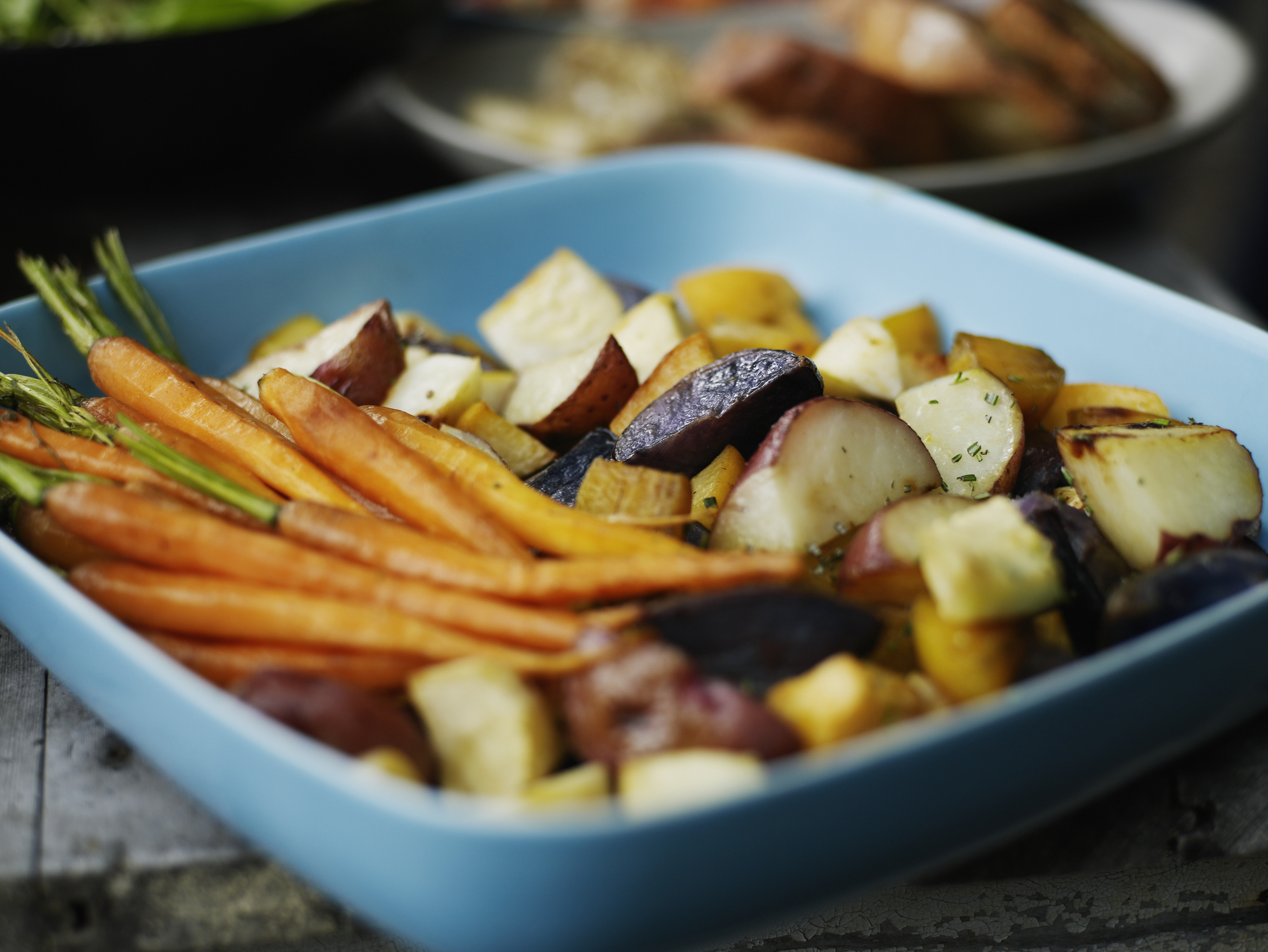Archaelogical Find Suggests That Actual Paleo Diet Included Lots of Carbs

Credit to Author: Jelisa Castrodale| Date: Thu, 09 Jan 2020 12:21:54 +0000
It's the first full week of January, which means that everyone you know is still going on non-stop about their resolutions, their diet, or their gym—and if they're a Momoa-larvae in a Crossfit tank top, then they'll keep talking about that shit until you block them on every possible platform.
Although U.S. News and World Report considers the Mediterranean Diet to be both the best overall diet and the healthiest diet to follow, it doesn't have a sexy hashtag or whatever, so it seems to be overlooked in favor of the heavily hyped (but unsustainable and unhealthy) keto diet or the Paleo diet.
Unlike the keto diet, which restricts net carbohydrate intake to as few as 15 to 20 grams per day, some carbs are permitted on the Paleo diet, as long as they're not grains (cereal, rice, bread, pasta), legumes (beans, lentils, peanuts), or contain any added sugars or artificial sweeteners. Starchy vegetables can be a point of contention: if you want to start a damn-near-guaranteed argument between two Paleo practitioners, ask them they're allowed to eat white potatoes.
"In loose terms, the Paleo Diet is a diet based on the types of foods presumed to have been eaten by early humans before the advent of agriculture," a real-life organization called The Paleo Foundation explains. "These foods included meat and seafood, nuts and seeds, roots and tubers, and fruits and berries. The diet of our ancient Paleolithic ancestors presumably excluded dairy, grains, and highly refined foods."
But, all that said, a recent archaeological find suggests that early modern humans were eating starchy carbs 170,000 years ago. Scientists from the Wits Evolutionary Studies Institute (ESI) at the University of the Witwatersrand in Johannesburg, South Africa, discovered "small, charred cylinders" during an excavation at the Border Cave in the Lebombo Mountains.
The charred but otherwise well-preserved pieces were determined to be rhizomes, and all 55 of the collected specimens were later identified as identified as Hypoxis, or the Yellow Star flower. "This discovery is much older than earlier reports for cooking similar plants and it provides a fascinating insight into the behavioral practices of early modern humans in southern Africa," Professor Lyn Wadley said. "It also implies that they shared food and used wooden sticks to extract plants from the ground."
The Hypoxis rhizomes are carb-heavy, and contain around 120 calories for every 100-gram serving. (A 100-gram serving of Russet potatoes contains 98 calories.)
“Cooking the fiber-rich rhizomes would have made them easier to peel and to digest so more of them could be consumed and the nutritional benefits would be greater,” Wadley said.
The researchers have also suggested that the carbs in these rhizomes could've "perhaps [facilitated] the mobility of human populations" in Africa during the Middle Stone Age.
In 2016, researchers from the University of York analyzed "microfossils" that were removed from the mouth of a 1.2 million year old human skeleton, and discovered raw animal tissue, insects, pollen, and grass wedged in its teeth.
"This has important implications for human evolution," lead study author Karen Hardy said at the time. "Early hominins definitely did eat carbohydrates, which were necessary to enable the brain to develop." Hardy and her team also suggested that early Paleolithic humans ate a wide range of carbs in the form of roots, starchy tubers, seeds, and barks—which doesn't sound terribly far from the Paleo Foundation's list of "seeds, roots and tubers, and fruits and berries."
Don't tell them that though… they'll honestly never stop talking about it.
This article originally appeared on VICE US.